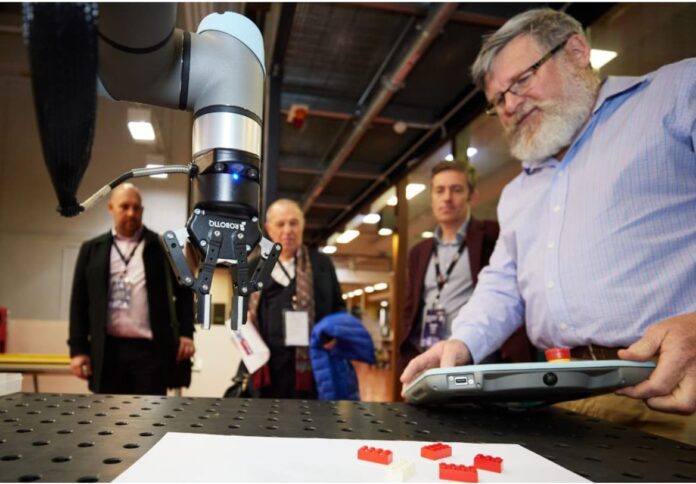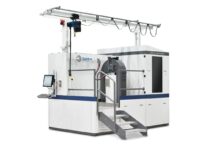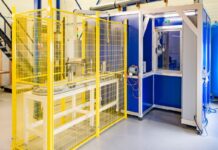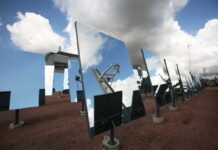
RMIT University is expanding its Advanced Manufacturing Precinct (AMP) to establish three additional cutting-edge facilities.
The expanded precinct, which will remain at the City Campus site, will accommodate the original AMP, with the Digital Manufacturing Facility (DMF), Micro-Nano Research Facility (MNRF), and Microscopy and Microanalysis Facility (RMMF).
The facilities will deliver advanced manufacturing and characterisation from nano-metre to metre-length scales and digital automation technologies through collaboration with RMIT research centres and groups, while also pursuing further industry connections and projects.
DMF is equipped with specialised equipment that can assist companies to develop new conceptual products, perform design iteration, or enhance existing manufacturing processes.
Meanwhile, MNRF convenes diverse and high-quality multidisciplinary micro and nano-technology research into a single facility.
RMMF will provide advanced instrumentation, expertise, and training that would enable researchers to solve key problems in science, engineering, and health.
AMP Director Mark Easton said the expansion will enable the precinct to take its programs to the next level as they work on delivering “the future of 21st-century manufacturing.”
“We are here to provide cutting-edge facilities and capability for manufacturing research, teaching and workforce training. The AMP is a one-stop shop for industry manufacturing engagement at RMIT,” said Easton.
AMP’s expansion follows a $1.2 million funding from the Australian Research Council, which is part of the Linkage Infrastructure, Equipment, and Facilities grants’ latest round.
The funding will support the installation of a next-generation Free Float laser metal 3D printer as part of the DMF and a Dual-comb Hyperspectral Imaging Facility in MNRF.
AMP is also a central component of the recently unveiled $72 million ARC Centre of Excellence in Optical Microcombs for Breakthrough Science.
The research centre aims to manufacture ultra-precise measuring devices for next-generation high-speed internet, better medical imaging technologies, environmental monitoring, and even the search for extraterrestrial life.
AMP has also received backing from the Victorian government under the Victorian Higher Education State Investment Fund.




















